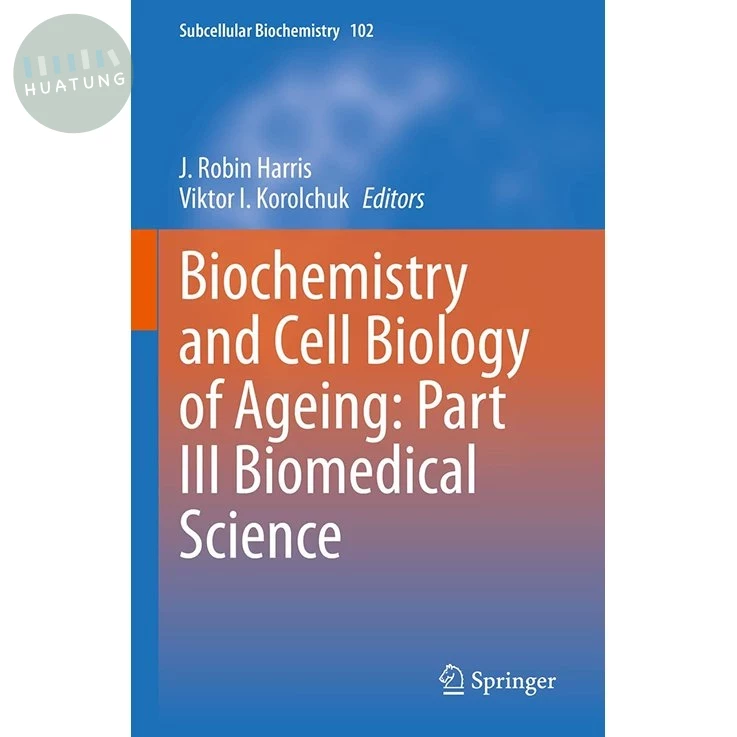
| 定價: | ||||
| 售價: | 950元 | |||
| 庫存: | 已售完 | |||
| LINE US! | 詢問這本書 團購優惠、書籍資訊 等 | |||
| 此書籍已售完,調書籍需2-5工作日。建議與有庫存書籍分開下單 | ||||
| 付款方式: | 超商取貨付款 |

|
|
| 信用卡 |

|
||
| 線上轉帳 |

|
||
| 物流方式: | 超商取貨 | ||
| 宅配 | |||
| 門市自取 |
為您推薦

類似書籍推薦給您

類似書籍推薦給您

類似書籍推薦給您
【少量特別書籍 若無貨可能須等候5-7日以上, 因”客制特別調書不收退貨” 可接受在下單】 <詹姆斯網路書局> 書名:BRS: Biochemistry, Molecular Biology, and Genetics 作者:Lieberman 出版社:合記 出版年份:2020 條碼:9781496399236 Practical, approachable, and perfect for today’s busy medical students and practitioners, BRS Biochemistry, Molecular Biology, and Genetics, Seventh Edition helps ensure excellence in class exams and on the USMLE Step 1. The popular Board Review Series outline format keeps content succinct and accessible for the most efficient review, accompanied by bolded key terms, detailed figures, quick-reference tables, and other aids that highlight important concepts and reinforce understanding. This revised edition is updated to reflect the latest perspectives in biochemistry, molecular biology, and genetics, with a clinical emphasis essential to success in practice. New Clinical Correlation boxes detail the real-world application of chapter concepts, and updated USMLE-style questions with answers test retention and enhance preparation for board exams and beyond. Updated content keeps students current with the latest clinical approaches to molecular biology, genetics, amino acids, and more. The proven Board Review Series outline format helps students make the most of their study time. Updated Clinical Considerations boxes demonstrate the practical applications of chapter concepts. More than 500 USMLE-style review questions ensure confidence on course exams and the USMLE Step 1. More than 250 high-quality images clarify concepts and clinical details. Chapter overviews, tables, algorithms, and other learning aids save time and simplify the review process.

類似書籍推薦給您
This book provides a state-of-the-art overview of key areas of subcellular aging research in human cells. The reader is introduced to the historical development and progress in biomedical aging research and learns, for example, about the role of microRNAs, circRNAs, mitochondria and extracellular vesicles in cellular senescence. The reader will also learn more about how gap junctions, the nuclear pore complex and the proteasome are affecting the ageing processes. In addition, novel therapeutic opportunities through modulation of cellular senescence are discussed. The book follows on from Parts I and II of Biochemistry and Cell Biology of Ageing (Volumes 90 and 91 of the Subcellular Biochemistry book series) by covering interesting and significant biomedical ageing topics not included in the earlier volumes. Comprehensive and cutting-edge, this book is a valuable resource for experienced researchers and early career scientist alike, who are interested in learning more about the fascinating and challenging question of why and how our cells age.